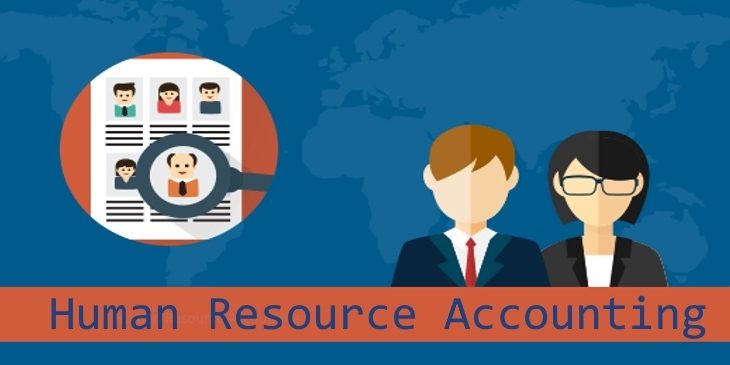Introduction
Human Resource Accounting (HRA) is a method of identifying, measuring, and reporting the value of human resources within an organization. Unlike traditional accounting systems that record only tangible assets like buildings, equipment, and inventory, HRA focuses on the organization’s most valuable yet often overlooked asset—its people.
By quantifying the investments made in hiring, training, and developing employees, Human Resource Accounting provides a more realistic view of an organization’s total worth and long-term sustainability. In essence, it bridges the gap between financial accounting and human capital management.
Meaning of Human Resource Accounting
Human Resource Accounting refers to the process of systematically measuring and reporting information about the economic value of human resources. It involves determining the costs incurred in recruiting, selecting, hiring, training, and developing employees, as well as estimating their potential value to the organization.
This specialized area of accounting recognizes employees not merely as expenses but as strategic assets whose skills, knowledge, and performance drive organizational success. HRA reports help management understand how effectively the organization is utilizing its workforce and where further investment or improvement is needed.
Objectives of Human Resource Accounting
The main objectives of HRA include:
- To measure the cost and value of human resources to the organization.
- To provide useful information for managerial decision-making and control.
- To improve human resource management through better planning, development, and retention strategies.
- To assist in effective performance appraisal and career planning.
- To disclose the true financial position of the organization by including the value of human resources in its statements.
Importance of Human Resource Accounting
- Facilitates Manpower Planning
HRA provides valuable data regarding the cost, value, and contribution of employees. This information assists management in workforce planning, succession planning, and budgeting for recruitment and training activities.
- Helps in Policy Formulation
By offering detailed insights into employee-related costs and returns, HRA supports the creation of effective personnel policies. It helps organizations make informed decisions about compensation, promotions, transfers, and retirement benefits.
- Ensures Optimal Utilization of Human Resources
Human Resource Accounting helps management monitor how efficiently human resources are being utilized. It provides data for assessing productivity levels, identifying underused talent, and aligning employees’ roles with their strengths to maximize performance.
- Aids in Proper Placement
Through continuous evaluation of employee skills, experience, and behavior, HRA helps ensure that the right person is placed in the right job. This minimizes turnover, enhances job satisfaction, and improves overall organizational efficiency.
- Boosts Morale and Motivation
When employees realize that their contributions are recognized and valued as organizational assets, it enhances their morale, loyalty, and motivation. This leads to increased productivity and job satisfaction across all levels.
- Attracts and Retains Top Talent
Organizations that invest in human resource accounting demonstrate a commitment to valuing and developing their people. This not only attracts high-quality candidates but also fosters an environment where skilled professionals want to stay and grow.
- Enhances Decision-Making
HRA provides management with quantitative data about human resources, enabling more accurate decisions regarding training needs, promotions, manpower allocation, and succession planning. It also helps evaluate the return on investment in human capital.
Conclusion
Human Resource Accounting plays a vital role in modern management by recognizing employees as valuable organizational assets rather than mere costs. It provides a structured approach to measure and communicate the value of human capital, supporting more effective decision-making, better resource utilization, and improved organizational performance.
By integrating HRA into financial reporting and strategic planning, organizations can achieve a clearer understanding of their true worth—rooted not just in their physical assets, but in the strength, knowledge, and potential of their people.








